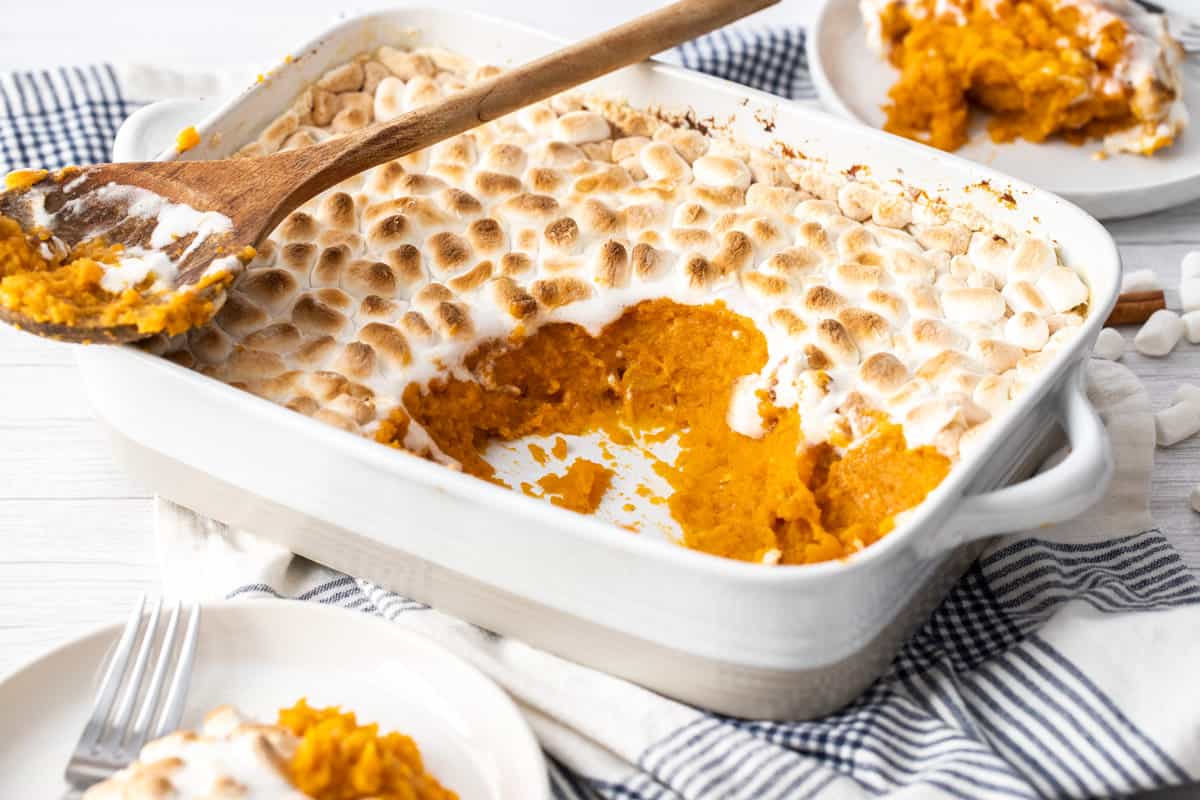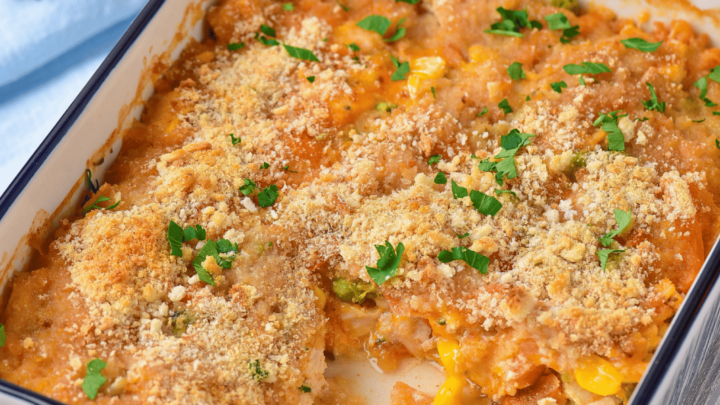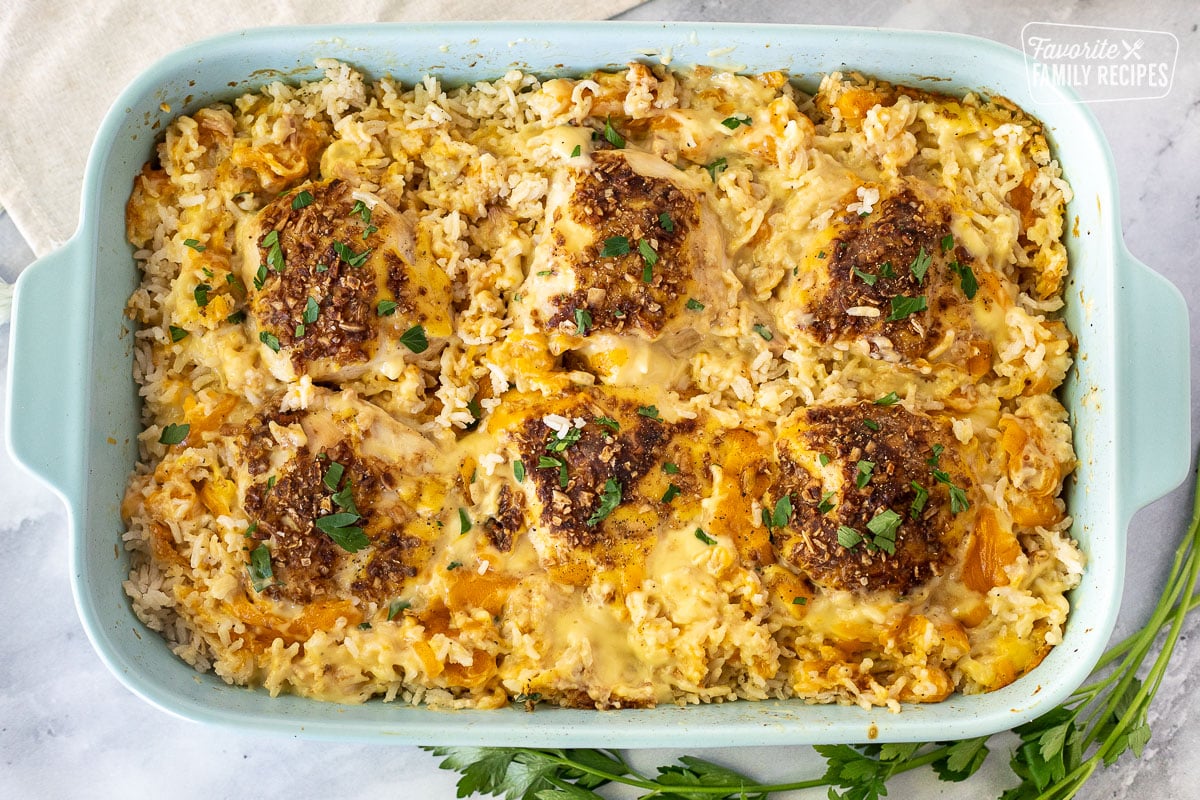How to Cook a Frozen Casserole: Your Ultimate Guide
Written By James Morgan
Making a delicious meal can sometimes be intimidating, especially when you're pressed for time. Worry not! Mastering how to cook a frozen casserole can be your lifesaver for a comforting meal. Whether it's a busy weeknight or a family gathering, casseroles are versatile and can cater to everyones tastes.
This comprehensive guide will cover everything you need to know about cooking a frozen casserole, from choosing the right ingredients and cookware to tips and tricks ensuring your casserole comes out perfect every time.

Why Choose a Frozen Casserole?
Frozen casseroles offer ultimate convenience. They're time-efficient, easy to prepare, and can be just as nutritious and delicious as freshly made meals. If youve ever been at a loss staring into your freezer, knowing how to transform a frozen casserole into a satisfying meal can be a game-changer.
There are many reasons why frozen casseroles are a popular choice. They are perfect for meal prepping, allow you to make large batches ahead, and store them for future use. They come packed with various ingredientsproteins, vegetables, rice, pastamaking them a well-rounded meal option. Additionally, frozen casseroles help reduce food waste by letting you use leftover ingredients from other recipes.

What You'll Need
Before starting the cooking process, gathering all the essential tools and ingredients is crucial. As they say, preparation is half the battle. Below is a detailed list of what you'll need:
- Casserole dish - Casserole Dish
- Knives set - Knife Set
- Cutting board - Cutting Board

Step-by-Step Guide to Cooking a Frozen Casserole
Step 1: Preheat Your Oven
Start by preheating your oven to the temperature specified in your casserole recipe or packaging. Typically, most casseroles require a preheat setting of around 350F. Preheating ensures even cooking and helps bring the casserole to the right temperature more quickly.
Step 2: Prepare Your Casserole Dish
While the oven is preheating, prepare your casserole dish. If you are using a store-bought frozen casserole, most come in a ready-to-cook container. However, if youve prepared a homemade casserole that has been frozen, carefully transfer it to an oven-safe casserole dish. Make sure the dish is large enough to accommodate the casserole without spilling over.
Don't have one? Check out this highly recommended Casserole Dish.
Step 3: Add Some Extra Flair
To enhance the flavor of store-bought casseroles, consider adding a sprinkle of cheese, breadcrumbs, or even fresh herbs on top. This small step can take your casserole from simple to spectacular.
Step 4: Bake the Casserole
Place the casserole in the preheated oven and bake according to the directions. Most casseroles typically need about 45 minutes to an hour of baking time. To ensure it cooks evenly, its a good idea to rotate the dish halfway through the cooking time. If the casserole is large, you may need to cover it with aluminum foil in the beginning to prevent the top from browning too quickly, then remove the foil in the last 15 minutes to allow it to crisp up.
Step 5: Check for Doneness
The most reliable way to check if your casserole is done is by using a food thermometer. The internal temperature should reach at least 165F to ensure that all ingredients are adequately heated and safe to eat. Additionally, it should be bubbling around the edges and the top should be golden brown.
Step 6: Let It Rest
Once your casserole is done, resist the urge to dive in immediately. Allowing it to rest for about 10-15 minutes will help the flavors meld and make it easier to serve. This resting period also ensures that the casserole layers stay intact when you cut into it.
:max_bytes(150000):strip_icc()/8965-broccoli-chicken-casserole-mfs_065-d4919d9e79b94973aa9a54ac22736a62.jpg)
Cooking a Frozen Casserole in a Slow Cooker
If you prefer a more hands-off approach, using a slow cooker is an excellent alternative to baking. The slow, steady heat ensures even cooking and enhanced flavors.
Step 1: Thaw the Casserole
Unlike oven cooking, its best to thaw the frozen casserole before placing it in the slow cooker. You can do this overnight in the refrigerator. Thawing ensures even cooking and prevents cold spots.
Step 2: Prepare the Slow Cooker
Spray the interior of your slow cooker with non-stick cooking spray or line it with a slow cooker liner for easy cleanup. Transfer the thawed casserole into the slow cooker.
Step 3: Set the Temperature
For most casseroles, set your slow cooker to low and cook for 6-8 hours or until the internal temperature reaches 165F. If you're in a hurry, you can cook it on high for 3-4 hours.
Step 4: Serve and Enjoy
Once cooked, transfer the casserole to a serving dish and let it rest for a few minutes before serving. The result will be a perfectly cooked casserole, rich in flavor and texture.
Tips and Tricks for the Perfect Casserole
Cooking a frozen casserole is straightforward, but a few extra tips and tricks can go a long way in ensuring your dish turns out delicious every time.
Tip 1: Use Quality Ingredients
The quality of ingredients will directly impact the end result of your casserole. Opt for fresh, high-quality meats, vegetables, and seasonings whenever possible. This is especially important when making a homemade casserole that you plan to freeze.
Tip 2: Proper Freezing Technique
For homemade casseroles, ensure you use proper freezing techniques to maintain the dish's quality. Cool the casserole completely before freezing and wrap it tightly in plastic wrap followed by aluminum foil. This prevents freezer burn and preserves the taste and texture.
Tip 3: Label and Date Your Casserole
Often, we forget how long a dish has been sitting in the freezer. Label your casserole with the name of the dish and the date it was prepared. This simple step helps track its freshness and ensures you use it within a suitable time frame.
Tip 4: Dont Overcrowd the Oven
If you're cooking multiple dishes, make sure the oven is not overcrowded. Leaving enough space allows hot air to circulate properly, ensuring everything cooks evenly.
Tip 5: Experiment with Flavors
Dont be afraid to get creative with your casseroles. Add different herbs, spices, or sauces to suit your personal taste. Customizing your casserole can make a significant difference in flavor and enjoyment.
Serving Suggestions
While a casserole is often a stand-alone dish, it can be complemented with various side dishes to create a complete meal. Pair your casserole with a fresh green salad, steamed vegetables, or a crusty loaf of bread. These additions balance the meal and offer a variety of flavors and textures that will satisfy everyone at the table.
Storing and Reheating Leftovers
If you have leftovers, proper storage and reheating are essential to maintain the quality and taste of your casserole. Transfer leftovers into airtight containers and store them in the refrigerator for up to 4 days. For longer storage, you can freeze the leftovers for up to three months.
Reheating in the Oven
When reheat, preheat your oven to 350F. Place the casserole in an oven-safe dish, cover it with aluminum foil to prevent it from drying out, and bake until heated through. This method ensures the casserole maintains its texture and taste.
Reheating in the Microwave
If youre short on time, you can also reheat the casserole in the microwave. Transfer a portion to a microwave-safe dish, cover it with a microwave-safe lid or plastic wrap, and heat for 2-3 minutes, checking periodically until thoroughly heated.
Cleaning Up
After enjoying your meal, cleaning up is the final step. To make this process easier, consider using specialized products designed to clean cookware and maintain their longevity.
Recommended Cleaning Products
- Cookware Cleaner - Cookware Cleaner
- Cutting board oil - Cutting Board Oil
For more tips and cookware recommendations, check out our ultimate grilling guide.
If you're interested in more casserole recipes, visit SkinnyTaste Casseroles for more inspiration.
As an Amazon Associate, I earn from qualifying purchases.



